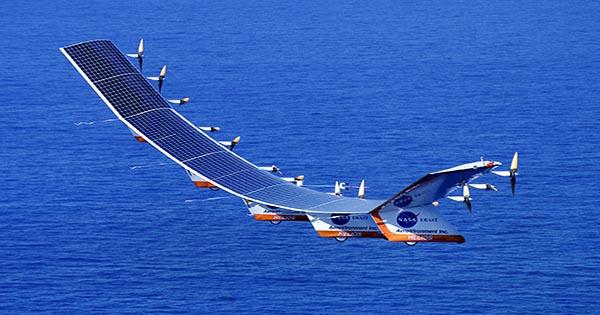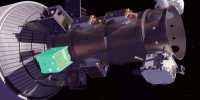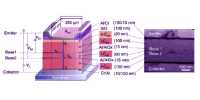A solar-powered aircraft, capable of traveling for several months at a time without a pilot, is currently under development and could soon hit the skies. The drone is being built by Skydweller Aero Inc., a US-Spanish space agency that makes ultra-permanent drones for commercial and military applications.
The wingspan of the Skydweller aircraft is 72 meters (236 feet) and is fitted with 270 square meters (2,900 square feet) of photovoltaic cells that can deliver 2 kilowatts of power. Thanks to its flexible payload, it has the potential to perform a variety of applications, including telecommunications, geospatial monitoring, data collection, weather forecasting, emergency activities and surveillance. The Hardy drone is currently in initial flight testing with human pilots.
According to a company press release, a crew test flight in April 2021 broke the world record for reaching the highest altitude and survival by a solar-powered aircraft cruising about 4,875 meters (16,000 feet). The ultimate goal is to build a solar-powered aircraft that can fly for up to 90 days without a crew, the longest continuous solar-powered flight program in history. Flight Global reports that the company expects to demonstrate the aircraft’s solar-powered, long-haul flights between late 2021 and mid-2022.
The media also reported that the company had received a $5 million contract from the US Navy to demonstrate the aircraft’s capabilities. “This research and development agreement will allow Skydweller to further develop their zero-carbon solution while advancing technology for national security efforts,” a spokesman for Skydweller Aero said in a statement to IFL Science.
Skydweller had previously received investment from Leonardo, a billion-dollar Italian space company headquartered in Rome. The Skydweller Craft is a solar-powered aircraft, a solar-powered aircraft, with two pilots, Andre Borschberg and Bertrand Picard, orbiting the Earth between 2015 and 2016. Abu Dhabi traveled across Asia, via the Pacific Ocean to Hawaii and then on the mainland to the United States, before stopping in Spain and Egypt and finally returning to Abu Dhabi.
The longest leg of this total flight was 7,212 kilometers (4,481 miles) hop from Japan to Hawaii which took 117 hours and 52 minutes. Three years after the flight was completed, Solar Impulse and Skydweller signed an agreement for the future use of this groundbreaking aircraft.
















